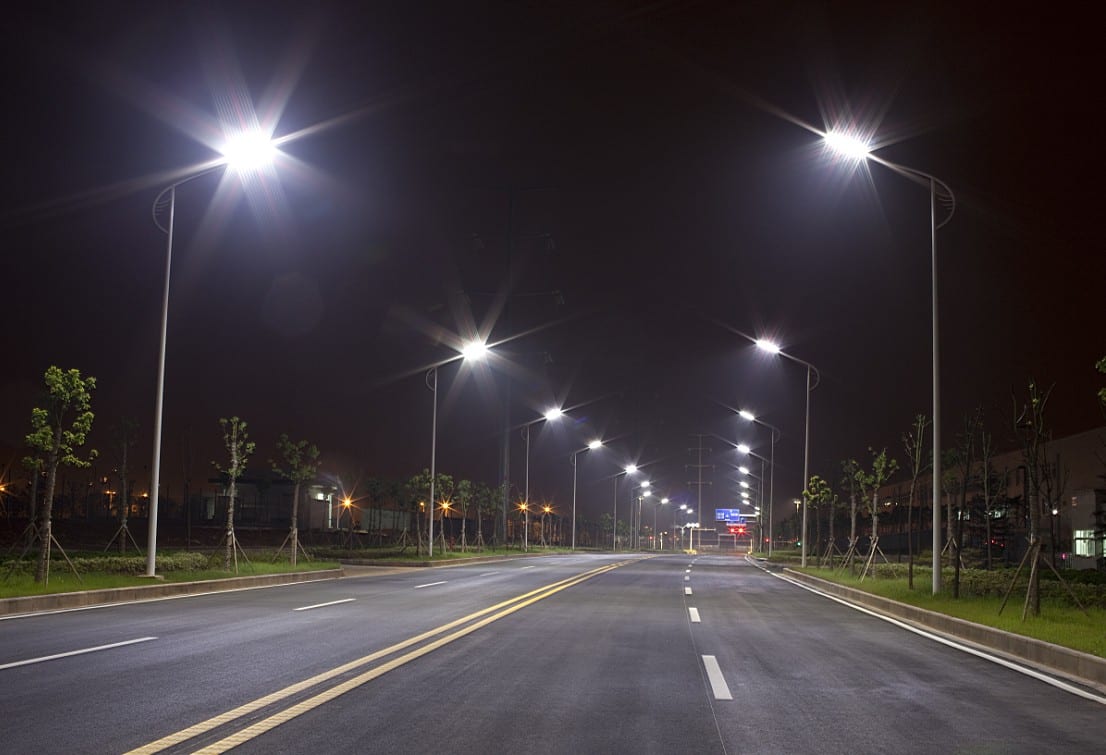A $1.2 million project backed by funding from the Clean Energy Finance Corporation will make Warrnambool City Council Australia’s first to use highly efficient LED technology for a bulk changeover of residential street lighting.
The council of the Victorian coastal city is set to replace around 2,000 mercury vapour street lamps with LEDs, following the approval of the technology by local network provider Powercor – a move that will slash its street lighting costs by almost 70 per cent.
The CEFC, which provided roughly $600,000 towards the project, has backed street lighting upgrades for several other councils, and says that in Victoria alone, the street lighting upgrade opportunities represent an investment of more than $100 million.
CEFC CEO Oliver Yates said he hoped the Warrnambool project – which was originally approved to finance an upgrade using fluorescent lamps, but then extended to the use of LEDs – would lead the way for other councils seeking to cut street lighting costs: the single largest source of energy costs and greenhouse gas emissions for the local government sector.
“LED is still considered a ‘new’ street lighting technology in Australia, but it is highly efficient and has a longer estimated life than other lights typically used to upgrade from inefficient mercury vapour technology,” Yates said.
Paul Brown, managing director of local government consultancy Ironbark Sustainability, who are assisting Warrnambool with the project, said that the new lights use 77 per cent less energy than standard mercury vapour street lights.
“By installing LED technology, Warrnambool is expecting to reduce its current street lighting operation and maintenance costs by 68 per cent,” he said.
LED street lights are also said to provide a greater uniformity of light, better colour rendering and visibility, and less depreciation of light output over time.
The Warrnambool streetlight upgrade is part of the Great South Coast Street Smart Lighting project which involves five other neighbouring Victorian councils.
The project received a $1.4 million grant from the Australian Government’s Community Energy Efficiency Program (CEEP), covering about half its original $2.8 million cost.










